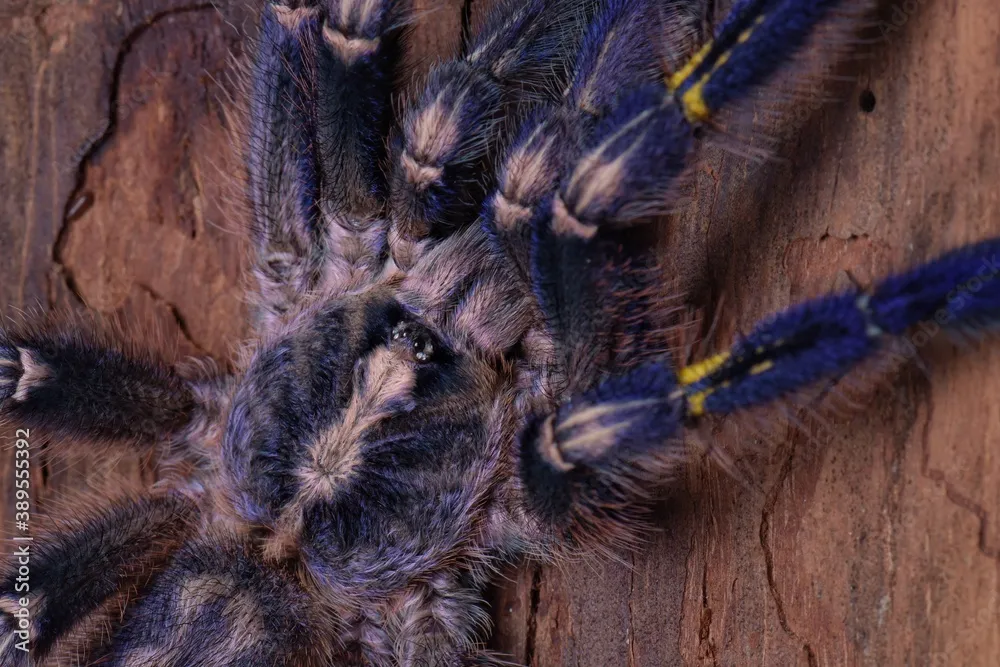Discovering Tarantula Beauty
The world of tarantulas is often viewed with a mix of fascination and fear. However, beneath the surface of these eight-legged creatures lies a surprising world of beauty and diversity. Tarantulas, with their intricate patterns, vibrant colors, and impressive sizes, are a testament to nature’s artistry. This article will delve into the aesthetic qualities of these spiders and showcase some of the most visually stunning species. Prepare to have your perceptions challenged as we explore the unexpected beauty of tarantulas and uncover the secrets behind their captivating appearance. From the lush rainforests to arid deserts, these arachnids display a range of stunning features that will surely change the way you see these fascinating creatures.
What Makes a Tarantula Beautiful
Beauty is often in the eye of the beholder, and this is especially true when it comes to tarantulas. Several factors contribute to the aesthetic appeal of these spiders. These elements combine to create a sense of visual harmony and intrigue. The patterns and colors of tarantulas provide a striking contrast against their surroundings. This can range from the bold stripes of the Mexican Redknee to the subtle hues of the Chilean Rose. Size and shape also play a crucial role. Some tarantulas are imposing in size, while others are more delicate in appearance. Finally, rarity and exclusivity can add an element of fascination. The more unusual and hard-to-find a species is, the more captivating it can be. Each of these factors contributes to the overall allure of these creatures.
Color and Pattern
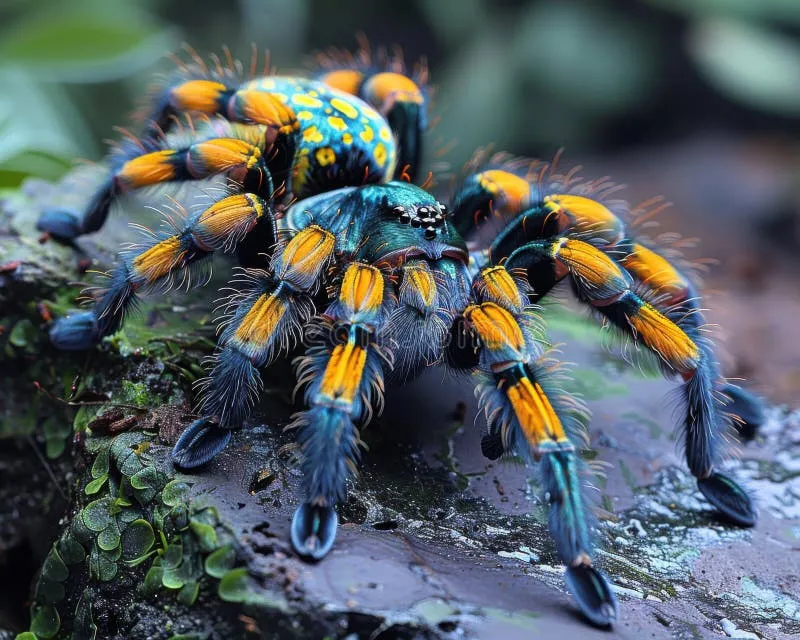
Color and pattern are arguably the most striking aspects of a tarantula’s appearance. These arachnids exhibit a wide spectrum of colors, from the vibrant oranges and reds of the Mexican Fireleg to the iridescent blues and greens of the Greenbottle Blue. Patterns can vary from simple, solid colors to complex stripes, spots, and mosaics. These colorations serve various purposes, including camouflage, warning signals, and attracting mates. The intricate patterns often provide a unique visual identity for each species. The vivid colors and patterns not only enhance the visual appeal but also reveal the diversity and adaptability of these spiders. Consider the striking bands of the Mexican Redknee or the subtle hues of the Chilean Rose, each contributing to a distinct aesthetic.
Size and Shape
The size and shape of a tarantula also contribute significantly to its beauty. Some species are massive, with leg spans exceeding 10 inches, creating an impressive and imposing presence. Others are more compact and delicate, offering a different kind of visual appeal. The overall body shape and the proportions of the legs and abdomen also play a role. Some tarantulas have long, slender legs, while others have shorter, more robust limbs. The interplay of these features results in diverse aesthetic qualities. The Goliath Birdeater, for instance, is known for its imposing size, while the Pinktoe Tarantula is admired for its delicate appearance. The variations in size and shape add to the visual diversity of tarantulas.
Rarity and Exclusivity
The rarity of a tarantula species can also enhance its beauty. Some tarantulas are exceedingly rare in the wild, making them highly sought after by collectors and enthusiasts. The exclusivity associated with these spiders adds an element of intrigue and fascination. Rare species often have unique characteristics that make them stand out. They might possess unusual colors, patterns, or behaviors. The scarcity of a particular species can intensify its perceived value. When a species is difficult to obtain, its beauty becomes even more appreciated. This exclusivity makes them even more captivating to those interested in these arachnids. The desire to own a rare species can heighten the appreciation for its aesthetic qualities.
Top 5 Stunning Tarantulas
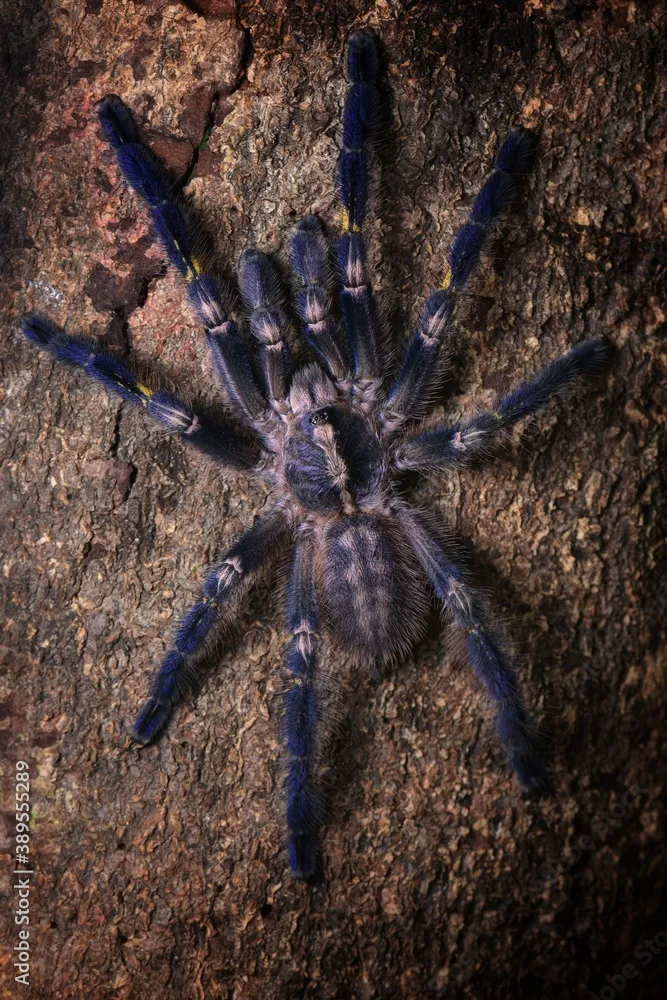
Here’s a look at five tarantula species that are particularly renowned for their beauty.
Goliath Birdeater
As the world’s largest tarantula, the Goliath Birdeater (Theraphosa blondi) commands attention with its impressive size, often reaching a leg span of over 10 inches. While its overall coloration is a muted brown, its sheer size and powerful presence are undeniably captivating. The Goliath Birdeater’s bulk and robust appearance make it a fascinating sight, and its imposing nature adds to its allure. They are not just big, but their hairy bodies and powerful legs also create a visual impact. They showcase a raw, untamed beauty that has captivated many arachnid enthusiasts.
Brazilian Giant Blonde
The Brazilian Giant Blonde (Lasiodora parahybana) is known for its striking appearance. With a leg span that can reach up to 10 inches, this tarantula features a light brown body with a covering of reddish-brown hairs. The contrast between these colors creates a visually appealing effect. The Brazilian Giant Blonde is often admired for its elegant, yet powerful appearance. Its overall look showcases a blend of grace and strength. This makes it a popular choice for enthusiasts.
Mexican Redknee
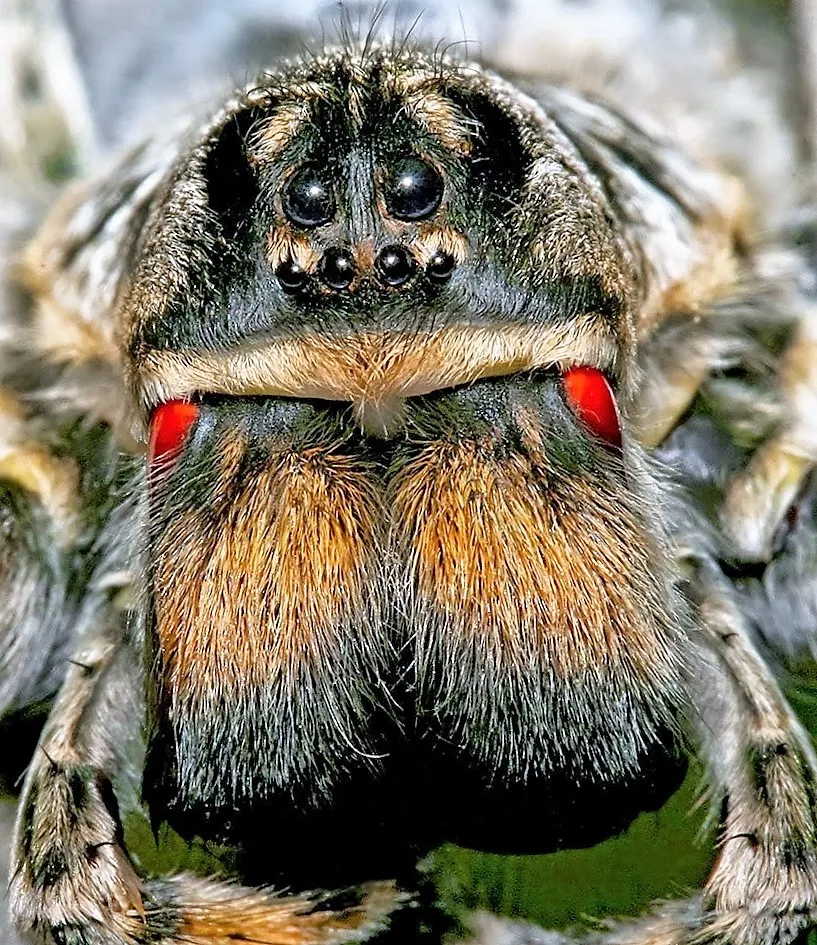
The Mexican Redknee (Brachypelma hamorii) is one of the most iconic and beloved tarantulas, famous for its striking coloration. Its dark body is adorned with vibrant red-orange markings on its leg joints, creating a bold and visually appealing contrast. The banded pattern makes the Mexican Redknee instantly recognizable. This striking combination of colors makes the Mexican Redknee one of the most beautiful and popular tarantula species. The red and black contrast has a striking visual impact.
Chilean Rose
The Chilean Rose (Grammostola rosea) is another popular choice for its understated beauty. This tarantula typically has a soft brown coloration with subtle pink hues, giving it a gentle and elegant appearance. The Chilean Rose offers a unique kind of visual appeal, and its calm temperament enhances its charm. The subtle beauty of the Chilean Rose makes it a great favorite of beginner tarantula keepers. The understated beauty of the Chilean Rose provides a soothing aesthetic.
Pinktoe Tarantula
The Pinktoe Tarantula (Avicularia avicularia) stands out with its unique features. This arboreal species is known for its vibrant coloration, with a dark body and bright pink tips on its toes. The pink toes give this tarantula its common name. Their overall appearance is visually arresting. This combination of colors creates a stunning effect. Their appearance makes the Pinktoe Tarantula a favorite among tarantula enthusiasts.
Caring for Beautiful Tarantulas
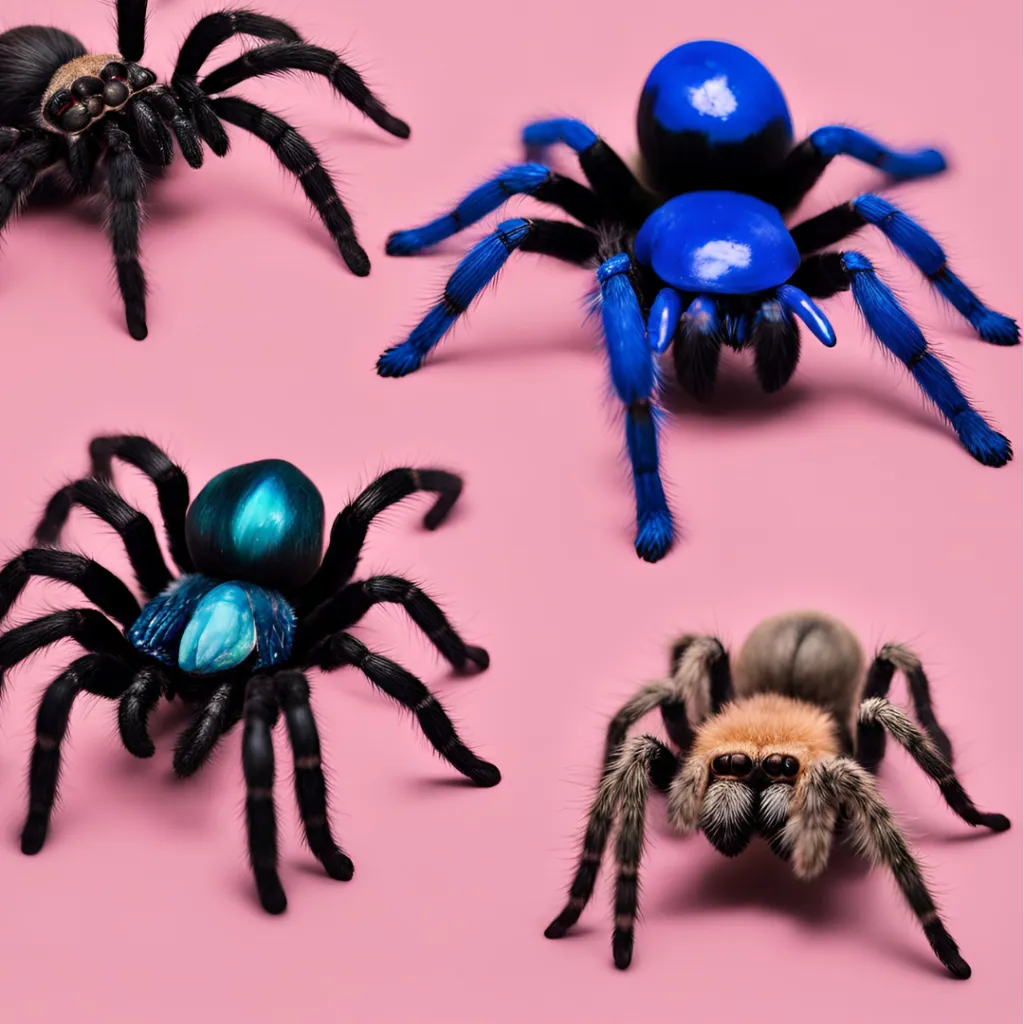
Keeping a beautiful tarantula requires dedication and knowledge. These exotic creatures thrive when provided with the right environment and care. Understanding their needs is crucial for ensuring their well-being. From providing a suitable habitat to offering proper nutrition, every aspect of their care is vital. Creating a thriving environment is essential for your tarantula’s longevity and ensures you can enjoy its beauty for years to come.
Creating the Right Habitat
The habitat is very important for your tarantula’s beauty and health. The enclosure should be the appropriate size for the tarantula’s species and size. Provide a substrate, such as coco fiber or peat moss, that allows for burrowing or climbing. Ensure the enclosure has proper ventilation and maintain the correct temperature and humidity levels. Include hiding places like cork bark or artificial plants to make your tarantula feel secure. A well-designed habitat replicates the natural environment and contributes to the overall well-being and beauty of your tarantula.
Feeding and Nutrition
Proper nutrition is essential for the health and appearance of your tarantula. Feed your tarantula insects like crickets, roaches, and mealworms. The frequency of feeding depends on the tarantula’s age and size. Provide fresh water in a shallow dish at all times. Supplement the diet with occasional vitamins and minerals. A balanced diet helps your tarantula maintain its vibrant colors and overall health. A well-nourished tarantula is a beautiful tarantula.
Health and Maintenance
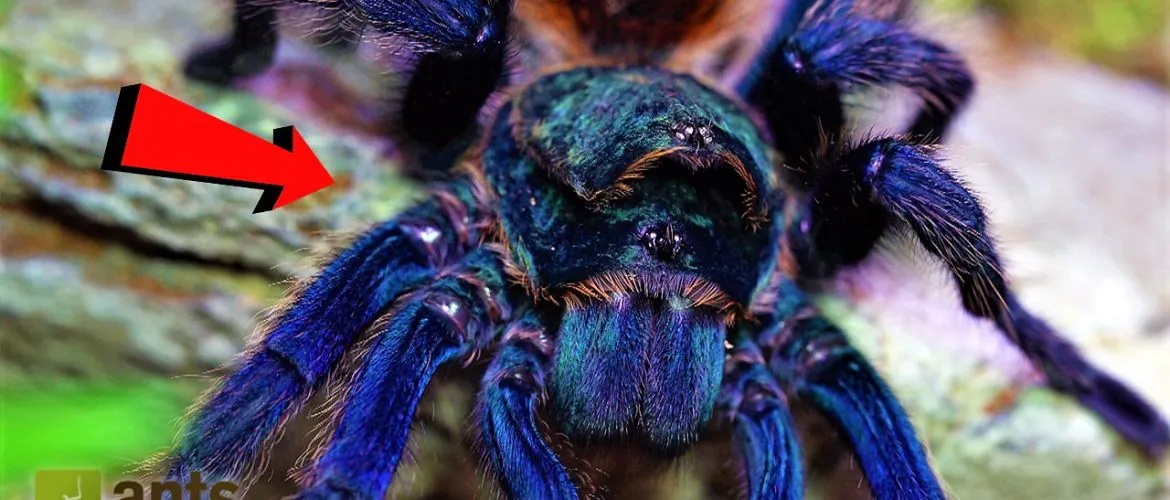
Regular health checks and maintenance are important. Observe your tarantula for any signs of illness or stress, such as lethargy or loss of appetite. Keep the enclosure clean. Replace the substrate regularly to prevent the buildup of waste. Handle your tarantula with care to avoid injury. By providing appropriate care, you can help maintain your tarantula’s health. This will also ensure your tarantula retains its beauty for years to come. Keeping a clean, safe habitat ensures your tarantula is healthy and beautiful.
In conclusion, the beauty of tarantulas is multifaceted. It stems from a blend of factors. These include color, pattern, size, and rarity. From the imposing Goliath Birdeater to the delicate Pinktoe, each species has its own unique appeal. By understanding and appreciating the aesthetic qualities of these fascinating creatures, we can gain a deeper appreciation for the wonders of the natural world. Caring for a tarantula can be a rewarding experience. It allows you to witness the beauty of nature up close. So, next time you encounter a tarantula, take a moment to appreciate its beauty and the fascinating world it inhabits.
